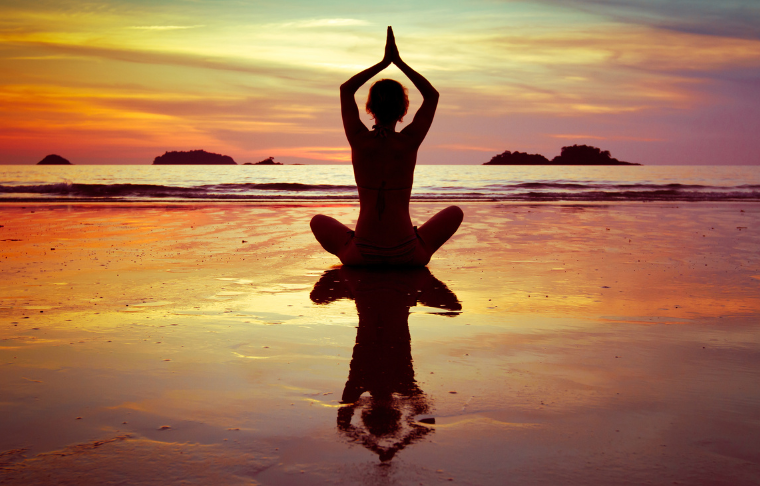The world of yogic practices offers a rich journey toward spiritual growth and self-realization. Among these practices, Vaasiyogam and Paramporul Yogam hold unique significance. Here, we delve into their differences, address common doubts, and explore the transformative potential of these practices.
Difference Between Vaasiyogam and Paramporul Yogam
The following section explores the key distinctions between Vaasiyogam and Paramporul Yogam, highlighting their unique approaches to breath control and divine realization in the path of spiritual growth.
Vaasiyogam
In Vaasiyogam, the focus lies on controlling the breath. By guiding the breath upwards and downwards within the body, practitioners experience heightened awareness and energy flow. This method emphasizes the internal movement of life force, laying the foundation for spiritual elevation.
Paramporul Yogam
On the other hand, Paramporul Yogam centers around divine realization. By concentrating on the divine light within, one begins to merge with it, becoming the divine light itself. This practice transcends physicality and brings about a profound state of spiritual oneness.
Does Astrology Affect Practitioners of Yogam?
One common doubt is whether astrology consistently influences those practicing these yogic methods. The answer is no. As practitioners progress, their karmic deposits reduce, and they become less affected by astrological predictions. Challenges faced along the way are opportunities to cleanse karma. One progresses further on the spiritual path by embracing and overcoming these difficulties.

Attaining Sarakkalai: The Advanced State of Yogam
To achieve Sarakkalai, one must first understand and realize the significance of Idakalai, Pingalai, and Sushumna (the three main nadis or energy channels). Through consistent practice, awareness, and dedication, this advanced state is attainable.
Changes in the Body Through Yogic Practice
Learn the physical and emotional transformations that occur as a result of consistent yogic practice, highlighting the benefits to both the body and mind.
Physical Transformation
Regular yogic exercises lead to positive changes in the body. They strengthen immunity, heal ailments, and promote overall well-being.
Emotional Impact
Some practitioners experience heightened sensitivity and may feel anger during regular practice. This often occurs because they develop an intuitive understanding of others’ intentions or dishonesty. However, this anger should be controlled to avoid negatively affecting others.
The Ideal Place and Time for Yogam
Explore the importance of choosing the right place and time for yogic practice, emphasizing how the environment and timing can enhance the benefits of the practice.
Best Place
Yogam can be practiced anywhere. The key is to focus on inner peace and concentration, regardless of the environment.
Right Time
Although yoga can be practiced at any time, Brahma Muhurta (3:20 AM to 4:20 AM) is considered the most powerful time. The energy during these early hours enhances the effects of yogic practices.
Overcoming Frustration in Yogic Practice
Many practitioners face frustration after years of practice and may struggle to continue. The key is to treat yoga as a priority, just as you give importance to other aspects of life. By persevering and remaining consistent, new experiences will motivate you to continue on this spiritual journey.
Understanding the Pure Heat Produced During Yogam
Yogic practices generate pure heat within the body, which is a natural and beneficial phenomenon. This heat is essential for spiritual growth and does not hinder physical exercises.
The Mystery of Chirsabai
Chirsabai refers to the upper region where the inner tongue hangs. It holds significance in yogic practices and is considered a point of spiritual awakening for many practitioners.
Natural Death vs. Jeeva Samadhi
Spiritual seekers often wonder about the difference between a soul departing from natural death and one attaining jeeva samadhi. Both are divine occurrences orchestrated by the grace of a higher power.
Can You Take Oil Baths While Practicing Yogam?
Yes, oil baths can be taken while practicing yoga. However, avoid pressing hard on the center of the head while applying oil to maintain the balance of energy.
Embrace the Spiritual Path
Practicing yoga is a journey filled with challenges and transformations. One can achieve spiritual enlightenment and physical well-being by staying committed, facing obstacles, and practicing discipline.

